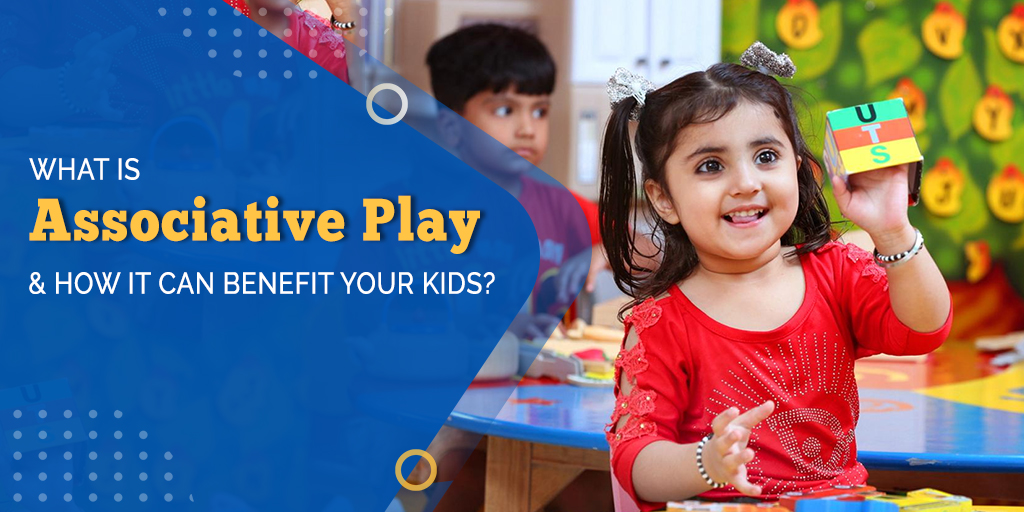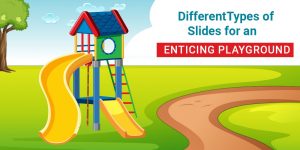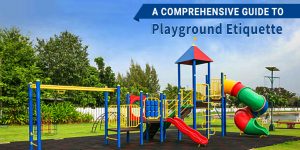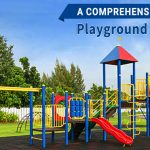As your kids grow, playing beside each other and other children will become a huge part of their world. For any parent or teacher, it is a delight to watch them interact with one another. These initial stages of social interaction will help your kids achieve important milestones in their growing years.
You will also start noticing that at the ages of 3-4 years old, toddlers begin to participate in play activities with other kids. This is when Associative play comes into the spotlight.
Let us proceed by having a good understanding of what Associative play means.
What is Associative Play?
Your child is naturally drawn towards playing with other kids on the playgrounds, social events, playgroups, and preschools. If there are kids around, playtime shenanigans will happen, and you as a parent can take a breather from being the number one source of entertainment.
- This type of activity, where the focus is other children or objects involved in the play, can be termed as Associative play. It’s a particular stage of development in which kids start to play next to or with other kids. The activity usually does not involve achieving a common goal. The play happens on the spur of the moment, without any rules or structure to it.
During Associative play, toddlers and kids can start taking an interest in other children and the activities they are involved with. Children may start by first talking and then interacting with one another before they get into any kind of informal play.
How Associative Play Fits into the 6 Stages of Play?
A researcher from the University of Minnesota’s Institute of Child Development came up with six various stages of play that kids experience. The Associative form of play falls in the 5th category. Let briefly look at each one of these stages.
- Unoccupied Play (0–3 months old) – Here a child is simply observing and not playing. They look around and observe the world, and not necessarily the people around.
- Solitary Play (0–2 years old) – Here a child has no interest in interacting with others and plays alone.
- Onlooker play (2 years old) -The child is observing others but not playing with them.
- Parallel Play (2–3 years old) – Here the child tries to replicate the same activity as others around, but may not interact with them.
- Associative Play (3–4 years old) – The child plays side-by-side with other kids and may engage and observe. But they do it without any coordinating effort.
- Cooperative Play (4+ years old) – Here the child is playing with kids and interacts with them. The child shows interest in the other children and the activity.
Examples of associative play
Here’s what associative play may look like:
- Kids riding tricycles next to each other usually don’t have a coordinated plan of where they want to go.
- At preschool, kids build block towers but don’t have any organizational skills or a formal plan. They observe one another, but there is no plan involved.
- If kids paint together, they might use the same material but don’t communicate with one another to create a unified picture.
- One child plays with a toy, and your kid joins them and copies their movements. They may interact, but they don’t set any rules or a formal plan.
- A child may join other kids in climbing a jungle gym in the playground and may observe other kids interacting with different play equipment. However, there is no agenda involved. They might take different routes in the jungle gym or follow one another without setting any rules.
Benefits of Associative Play
- Healthy brain development
- Problem-solving & conflict resolution
- Reduce childhood obesity
- Learning readiness
- Cooperation & sharing
- Language development
- Improved fitness
The Takeaway
Making ample time for play is important for your kids. This is when they start learning vital skills, develop physical strength, learn how to solve problems, and develop communication skills.
While it’s ok for kids to play by themselves, you can also encourage them to play alongside others. Here is when playground equipment comes into the picture. It provides a host of developmental benefits and can encourage kids to play with one another.
At Arihant Play, we design play equipment that aid in the development of a child’s physical and cognitive abilities. With over 35+ years of experience, our play areas can enable kids to feel confident and encourage them to explore the world in unique ways. If you are on the lookout for innovative, durable, high-quality, and safe outdoor play equipment for your school or community, then connect with us today. We look forward to hearing from you!









